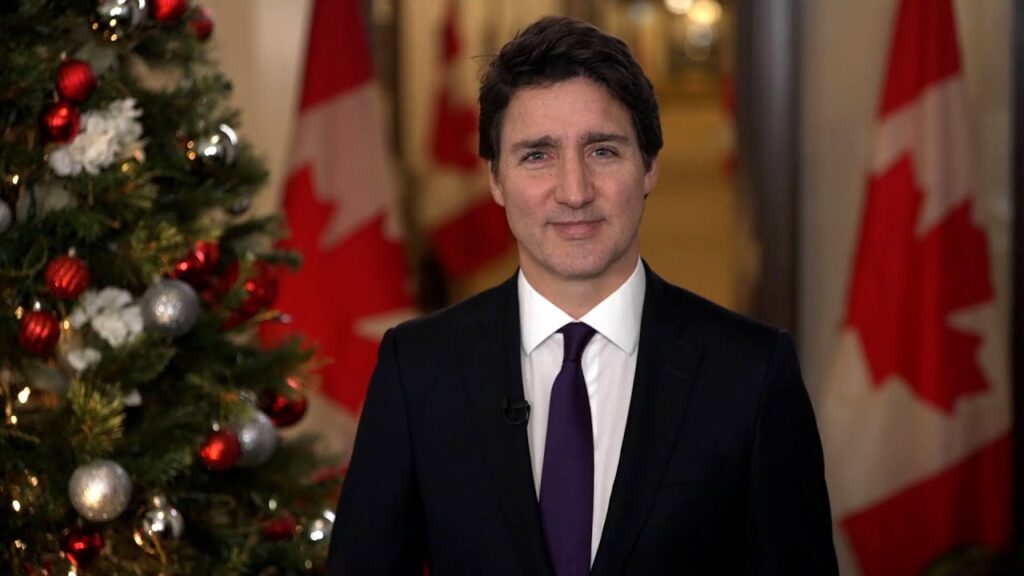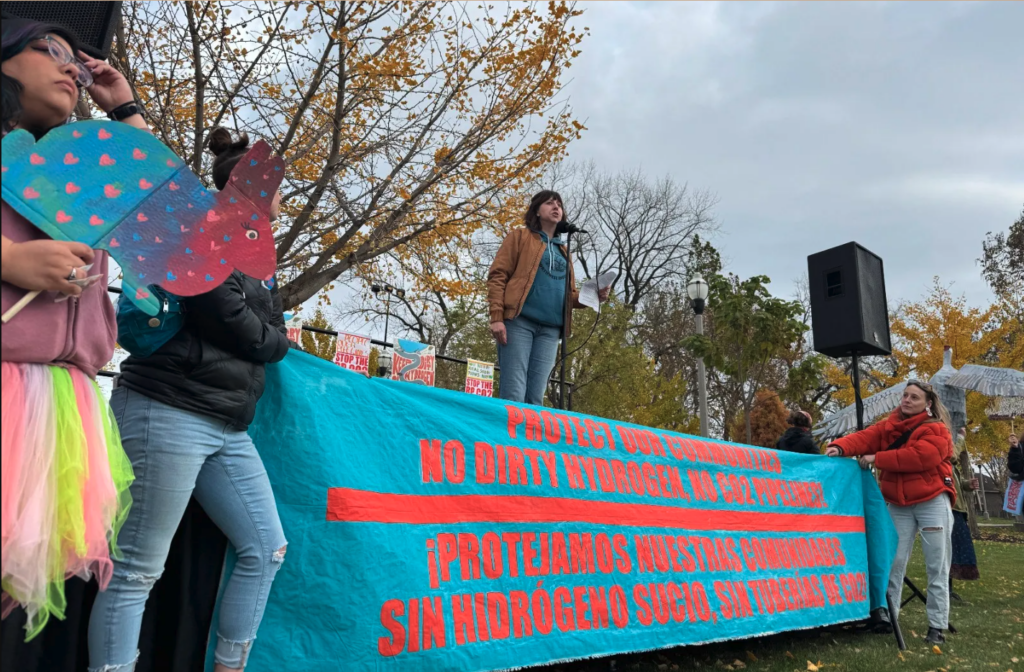By Stacy Clark
With the swearing in of new members last week, the Massachusetts legislature, not unlike the U.S. Congress, is receiving an infusion of brand-new state representatives who already are pushing an aggressive agenda focused on addressing climate change and transitioning to 100 percent renewable electricity by 2050.
So far, 14, or over half of the 24 new recruits, have formed an informal but unified group known as GreenTeamMA. Their initiatives are straightforward. They’ve agreed to refuse campaign contributions from fossil fuel PACs, they support carbon pricing, and they’ll be working with constituents to drive higher demand for wind, solar, and hydropower in the Bay State, where today almost one-sixth of electricity comes from renewable sources.
“It’s a bottom-up approach that may well work,” said newly elected State Rep. Patrick Kearney of the South Shore’s 4th Plymouth District. “It’s a bipartisan effort we’re undertaking because the climate affects the health and well-being of every community.”
Graduation Day at New Legislators Academy for newly elected Massachusetts State Representatives, sworn into office on January 2, 2019. Credit: Patrick Kearney
Building Grassroots Support for Climate Action
GreenTeamMA members view climate change as a clear and present danger that requires an energy recalculation.
With one of the richest offshore wind reserves in the world and the capacity to build onshore wind and solar power plants to meet the growing energy needs of Massachusetts, the commonwealth is “poised to embrace a clean energy economy,” says State Rep. Tommy Vitolo of Brookline’s 15th Norfolk District.
To catapult that economy, GreenTeamMA members plan to target Massachusetts voters who rank health and climate change as key issues and call on them to make a consumer switch to renewable electricity.
“Climate is not changing by the century or decade. It is changing by the months and days,” said State Rep. Lindsay Sabadosa of Massachusetts’s 1st Hampshire District, who added that “a swift shift to renewables is required to meet the challenges of a warming atmosphere and its consequences.”
In order to work, however, this shift requires a just and equitable transition for residents across Massachusetts. Sabadosa is working with State Rep. Liz Miranda of Roxbury’s 5th District to ensure that both rural and urban communities benefit from the economic advantages of clean energy.
Kearney, who represents the coastal communities of Scituate and Marshfield, called out the entrenched business interests of the fossil fuel industry, which has been successful in derailing the conversation and confusing the public over the years.
“Decades of climate denier propaganda, the manipulation of our collective scientific literacy, and the undermining of climate scientists’ conclusions by so-called energy think-tanks have obscured what should have always been a bipartisan conversation and a bipartisan solution,” Kearney said. “The impacts of climate change are now breathtakingly perceptible to the human eye.”
As an example, he pointed to the fact that home values for some of his constituents have declined or are at risk of becoming stranded assets as rising seas and winter storm surges continue to badly batter Massachusetts’s South Shore. Kearney characterizes GreenTeamMA as a grassroots effort that solicits residents to drive an epic demand for renewable power that matches the epic risks posed by a warming planet.
“Swiftly transitioning to a clean energy economy is integral to the future prosperity, health, and coastal resiliency of our communities, and I’m counting on South Shore residents to help blow up demand for wind and solar power,” Kearney said.
What Does a Completely Clean Energy Grid Look Like in Massachusetts?
Stanford University Professor Mark Z. Jacobson. Credit: Courtesy of Stanford University
Stanford University’s Mark Z. Jacobson, a professor of atmospheric science, has mapped how 50 states and 139 countries could reach 100 percent renewable power by 2050. His models reveal a dynamic, clean energy future for a large portion of the globe, drawing on each region’s unique wind, solar, and hydropower assets.
“Massachusetts can generate 100 percent of the electricity it requires by converting to a mix of commercial and residential solar, on and offshore wind and a small amount of hydroelectric, wave, and tidal energy,” explained Jacobson, who alongside the actor Mark Ruffalo, is a co-founder of The Solutions Project, a nonprofit that promotes equitable renewable energy solutions.
“There’s no scientific or technological barrier involved. The barriers are strictly political,” Jacobson added. (While more than a dozen other peer-reviewed studies support the transition to 100 percent renewable energy over the coming decades, Jacobson’s 2015 scientific paper on this subject was critiqued in a 2017 paper by a group of 21 peers. He subsequently filed and then dropped a $10 million defamation lawsuit against the lead author and the journal’s publisher of that critique.)
Jacobson’s blueprint for Massachusetts keeps fossil fuels in the ground while offshore wind power development dominates the state’s electricity supply.
The blueprint for 100 percent renewable energy in Massachusetts by 2050. Data courtesy of Stanford University
New Bedford, Massachusetts, was supposed to be the hub for Cape Wind, the nation’s first proposed large-scale offshore wind project. Cape Wind’s proposal consisted of 130 wind turbines in Nantucket Sound, which would have produced two-thirds of the electricity required by Cape Cod and the islands of Martha’s Vineyard and Nantucket.
But well-funded fossil fuel interests, led by the petrochemical billionaire Koch brothers, conspired to help block the pioneering project. According to The Guardian, “between 2005 and 2008, the Kochs alone spent nearly $25 million on organizations fighting climate reform.” After a decade-long legal contest that exhausted Cape Wind’s resources, the Kochs’ aim to crush the offshore wind project prevailed.
Now, nearly two decades after Cape Wind’s project was first proposed, New Bedford is positioned once more to become the offshore wind power hub of Massachusetts. Christopher Hendricks, New Bedford’s newly elected state representative from Bristol’s 11th District, wants to be sure that the opportunity is not lost again.
“As a resident of New Bedford, I see firsthand how the commonwealth is making gains in wind power — not only is the Vineyard Wind project set to produce 800 megawatts of electricity, but it’s very encouraging to see our state ushering in the first large-scale offshore wind projects that will total more than 1,600 megawatts of electricity by 2027, eliminating the need for new fossil fuel infrastructure,” Hendricks said.
Added Benefits to Economy, Health, and Equity
Rep. Vitolo of Brookline has a clear vision of this renewable future from his seat on Beacon Hill. “In Massachusetts, we have skilled building trades, advanced research and development facilities, and strong financial institutions — all with the skill sets and resources necessary to deploy wind turbines, solar panels, storage, grid upgrades, and energy efficiency programs,” Vitolo said. “Absent federal leadership, state government must enable a rapid transition to a clean energy economy, both through direct policy actions and by supporting municipalities and individuals that want to do even more.”
Inspired by the feasibility of a 100 percent renewable energy future for Massachusetts, State Rep. Tram Nguyen of Massachusetts’s 18th Essex District aims to double the state’s funding for its environmental agencies to one percent of the budget. “I plan to use my voice at the State House to advocate for my District and support proactive measures that will address climate change,” Nguyen said.
Rep. Lindsay Sabadosa, from Northampton, is similarly enthusiastic about turning GreenTeamMA’s mission into a reality, with environmental benefits as well as economic ones. “We can and should work to grow the projected 90,000, 40-year construction and operation jobs as we map out Massachusetts’s future clean electricity blueprint,” she said.
New jobs data for Massachusetts from transitioning to 100 percent renewable electricity. Data courtesy of Stanford University
Rep. David LeBoeuf of Worcester’s 17th District believes there are many economic and social benefits of a renewably powered Massachusetts.
“Moving toward a 100 percent renewable electricity future will grow well-paying greentech jobs and the businesses that support new deployments of wind and solar power. It’s a move that will increase regional equity and bring new opportunities to gateway cities,” LeBoeuf said.
Rep. Miranda of Roxbury also pointed out that shifting to renewable energy sources can help communities who have historically struggled with the environmental injustices that often accompany burning fossil fuels.
“We don’t all breathe the same air or drink the same water as other communities because lower income areas are disproportionally disadvantaged by fossil fuel pollution. I see how poor neighborhoods are so often left out of the conversation and I want to change that,” she said, adding, “It’s my goal to ensure that workers from neighborhoods of color are included in the new energy economy as we transition Massachusetts to a renewable energy leader.”
State Rep. Maria Robinson of Middlesex’s 6th District agrees: “We all need to be on the same page and share information and connect voters to the actions they can take to be part of the solution.”
Another newcomer to the state house, Tami Gouveia of Middlesex’s 14th District, sees climate action as “an interconnected policy area that impacts health, environmental sustainability, and well-being.” Gouveia, who ran on a platform of bold action to address climate change, recognizes that reducing Massachusetts’ reliance on fossil fuels will reduce the number of fossil fuel-related deaths and illnesses, delivering considerable health cost savings for the state.
Estimated annual health cost savings and lives saved for Massachusetts by switching to 100 percent renewable electricity. Data courtesy of Stanford University
Laying the Groundwork for a Clean Energy Shift
The consensus from GreenTeamMA’s newly elected members is that divesting from fossil fuel contributions and educating constituents on the economic and social benefits associated with a renewably powered Massachusetts demonstrates the freshman state lawmakers’ willingness to pursue the kind of enterprising legislation of the early 1970s, which restored the nation’s air, land, and water.
Rep. Peter Capano of Essex’s 11th District, threw his support behind GreenTeamMA’s initiatives, including the goal of passing a carbon tax, which would help drive demand for renewables and lower greenhouse gas emissions. Capano confirmed, “I’m all in.”
GreenTeamMA’s members are showing confidence that their collective activism will work, despite the hurdles ahead. “Transitioning Massachusetts’s electricity network requires that a diverse cross-section of constituencies all buy-in to the change,” Miranda said. “We need to humanize the language we use to communicate the reality of climate change so that everyone can understand the startling contours of the emergency.”
“The public pays for the negative impacts to health, environment, and climate related to fossil fuel emissions. By going to our districts and encouraging residents to envision a better Massachusetts for all, we hope to see an increased demand for renewable energy, which will drive its price lower,” Miranda added.
Sabadosa agrees: “When voters see that they’re paying a heavy price for the damage caused by fossil fuels, calling their electricity providers, for example, to request electricity generated from renewable power may well be a move they’re willing to take.”
The cost of renewable power is decreasing rapidly and in many areas of the country is already competitive with fossil fuels. And as the utility industry is discovering, to its apparent dismay, the idea of going 100 percent renewable is becoming wildly popular throughout the U.S.
GreenTeamMA supporters State Representatives Christina Minicucci, Lindsay Sabadosa, Maria Robinson, and Patrick Kearney. Credit: Christina Minicucci
Christina Minicucci of Essex’s 14th District is committed to educating her constituents on the impacts of climate change and ensuring that renewable energy options are affordable to all rate-payers.
“We need to give residents the tools necessary for them to play an active role in changing how we use energy and the ability for them to easily switch to clean power sources. We also need to incentivize businesses to buy into a clean energy future,” Minicucci said.
According to calculations from Stanford, the projected price for renewable electricity in Massachusetts will be roughly four cents cheaper per kilowatt hour than traditional electricity by 2050, and even as soon as 2030, when the costs of health and climate impacts from fossil fuels are taken into account.
Comparing energy costs of various sources in 2050. Data courtesy of Stanford University
Michelle Ciccolo of Lexington’s 15th Middlesex District was instrumental in procuring affordable clean power rates for Lexington residents when she served the town as one of five governing selectmen.
“In Lexington, we switched all residential customers to renewable energy and saved them money by providing electricity rates lower than the basic service rates charged by the utility supplying dirty energy. If more communities pursue this path, that will help drive up demand for renewable energy and will bolster the economic prospects of renewable energy companies,” Ciccolo said.
Larry Chretien of the Green Energy Consumers Alliance confirmed that ratepayers opting in to purchase renewable energy “is the best way for citizens interested in combatting climate change to promote new and competitively priced wind and solar projects across the state.”
Trained as a “systems thinker” with a degree from MIT, Rep. Nika Elugardo of the 15th Suffolk/Norfolk District calls out the urgency of climate action and ensuring leadership at the state level.
“Our future depends on us implementing an urgent transition away from fossil fuel dependence to fully renewable energy. Massachusetts is at the forefront of leadership on climate and in the best position to craft messaging and climate policy solutions that recognize the diverse economic and public health needs of residents from rural to urban to coastal communities,” Elugardo said. “I’m looking forward to working with GreenTeamMA to unite every district behind a vision of a commonwealth fully powered by renewable resources and where solar and wind innovation multiply jobs and economic growth in towns and cities across the state.”
GreenTeamMA supporters Marcos Elugardo and State Representatives Nika Elugardo, Liz Miranda, and Tram Nguyen. Credit: Nika Elugardo
State Rep. David Biele of Suffolk’s 4th District likens the vision of GreenTeamMA to that of the Green New Deal, proposed by new Congressional lawmakers late last year.
“Even though the Green New Deal is a national initiative, it has done much to advance the conversation about what can be done to protect the environment and address climate change,” said Biele. “Just this past year at the state level, the Massachusetts legislature made investments to cut down on emissions from certain ships calling port in Boston through ship-to-shore power and other technologies.” He hopes to continue that momentum during his term.
Whether this new class of climate-concerned state representatives can deliver the ambitious GreenTeamMA agenda in Massachusetts, however, will largely depend on what can be accomplished in the next two years.
Stacy Clark is an educator, published children’s author, and climate reporter who is mobilizing first-year legislators around the Massachusetts Green New Deal movement. She is the author of When the Wind Blows, a rhyming, renewable energy adventure illustrated by Brad Sneed (Holiday House 2015). You can find her online at www.DallasWriter.com and on Twitter @Stacy__Clark.
Main image: Children take part in a protest in the New Orleans Superdome against a new auction of federal Gulf of Mexico drilling leases. Credit: Julie Dermansky ©2016
Subscribe to our newsletter
Stay up to date with DeSmog news and alerts















